EVOLVES: Enhancing the Value of Lentil Variation for Ecosystem Survival
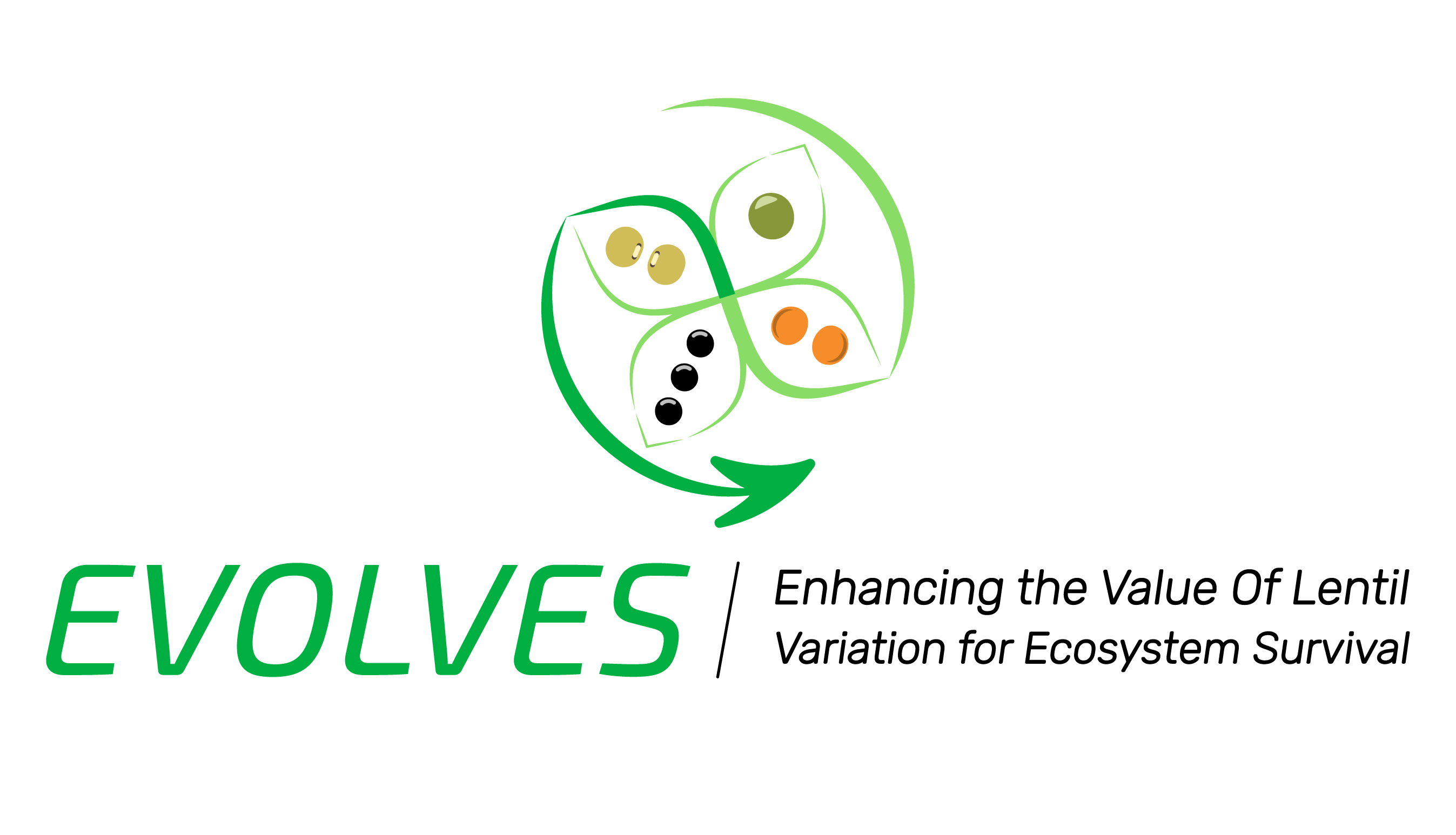
In 2015, we embarked upon an ambitious genomics project Application of Genomic Innovation in the Lentil Economy (AGILE) that has delivered the first genome long-read assembly for CDC Redberry (genus Lens), assemblies for 2 wild lentil species, and molecular markers for phenology. This was a start to improving the efficiency at which lentil breeders can produce seeds with select traits, allowing a precision in lentil breeding not yet seen before. Building on these genomic gains, we launched Enhancing the Value of Lentil Variation for Ecosystem Survival (EVOLVES) in 2019 to further breeding efficiencies and focus on characterizing the nutritional qualities and functionalities of lentil.

In this 4 year project, we will further develop and explore the Lens genome linking a wider variety of candidate genes to visual and nutritional quality traits, allowing breeders to produce seeds that fit into very specific end-product categories with a focus on the value-added market.
Metadata
Accelerate the deployment of specific quality traits through strategic use of genetic variability by illustrating the consequences of structural variations on quality-related phenotypes and assessing the impact of genome introgression on the organoleptic, nutritional, and food functionality traits on lines derived from interspecific hybridization.
Improve the capability and agility of the breeding program so Canada can rapidly capture emerging market opportunities. We will improve the speed and throughput of phenotyping activities using digital imaging tools, generate genomic resources and tools to support systematic use of genetic variability from diverse germplasm and deploying breeder-oriented informatics by integrating ‘omics data and developing intuitive genome visualization tools that support breeding decision making processes. We will also identify ways to incentivize practices that will facilitate technology transfer and adoption within the plant breeding community.
We will contribute to the Canadian pulse industry’s goal of diversifying market outlets and creating price stability by prioritizing research and breeding targets to consumer preference. We will also work to understand consumer preference for lentil and lentil products.
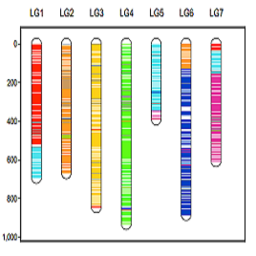
Improved genome assemblies for precise identification of molecular markers and candidate genes.
Tools to effectively communicate the potential, and consequences, of introgression breeding to the breeder.

Genotype-specific nutritional information for further exploitation by both the lentil breeding program and by industry stakeholders in future marketing strategies.
Genotype-specific food functionality information, such as heat-induced gelation, viscosity and pasting properties, which will feed into food application development process by our commercial partners.
Markers for nutritional quality and food functionality traits for use in the breeding program.
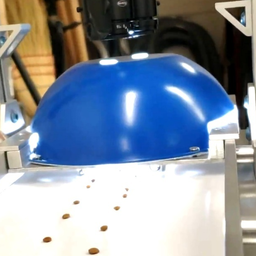
A high throughput seed imaging system for faster and more accurate quantification of seed quality traits.
Molecular markers for monitoring of desired seed quality traits in the breeding program.
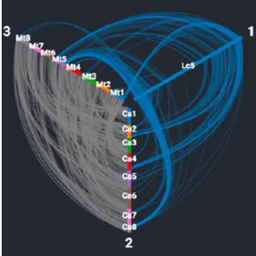
Integration of external tools (e.g. SynVisio, CViTjs, Flapjack) with KnowPulse through Tripal
Development of haplotype display through KnowPulse (i.e. Genotype Matrix, JBrowse and SynVisio).
BrAPI-compliant web-services for data sharing with both users and tools to promote FAIR data principles
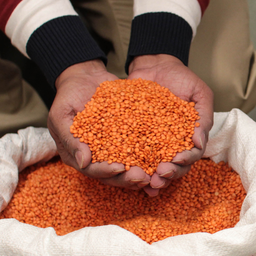
Knowledge of consumer perception and preference for lentil and lentil-derived food products, which will inform and enhance breeding and product development strategies.
A multi-faceted communications strategy that will facilitate adoption and implementation of ‘omics technologies by the plant breeding community. This strategy will be developed throughout the project and provide real-time inputs into other EVOLVES project activities as the ‘omics tools are being designed for use by the breeding program.
Policy recommendations for R&D stakeholders (e.g. research institutions managers and funding bodies) advising them on ways to improve technology adoption readiness and efficiency.
